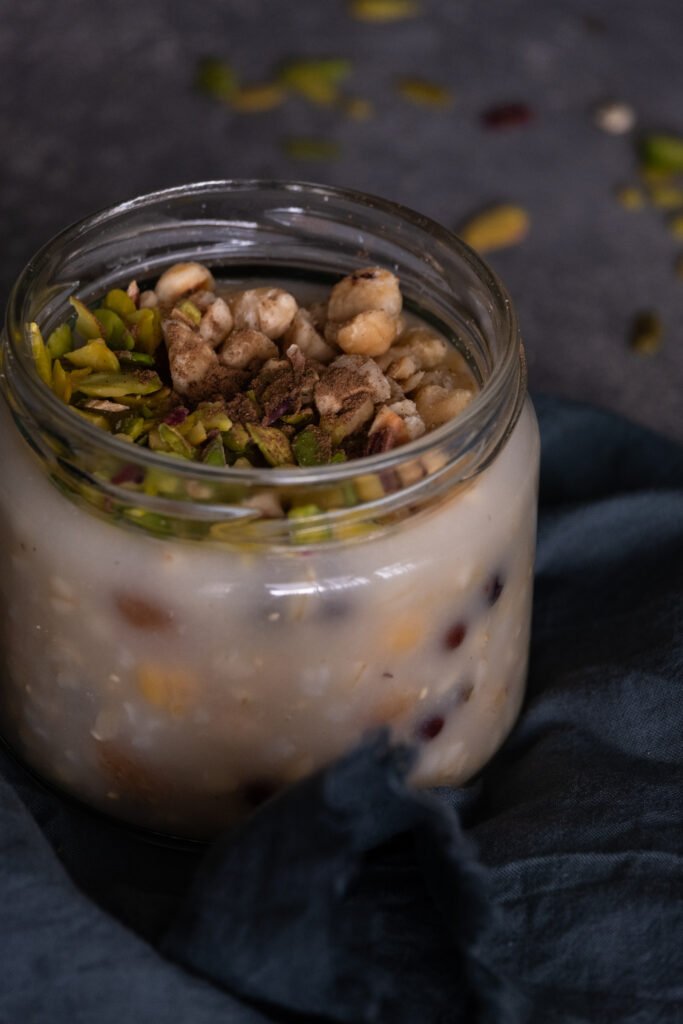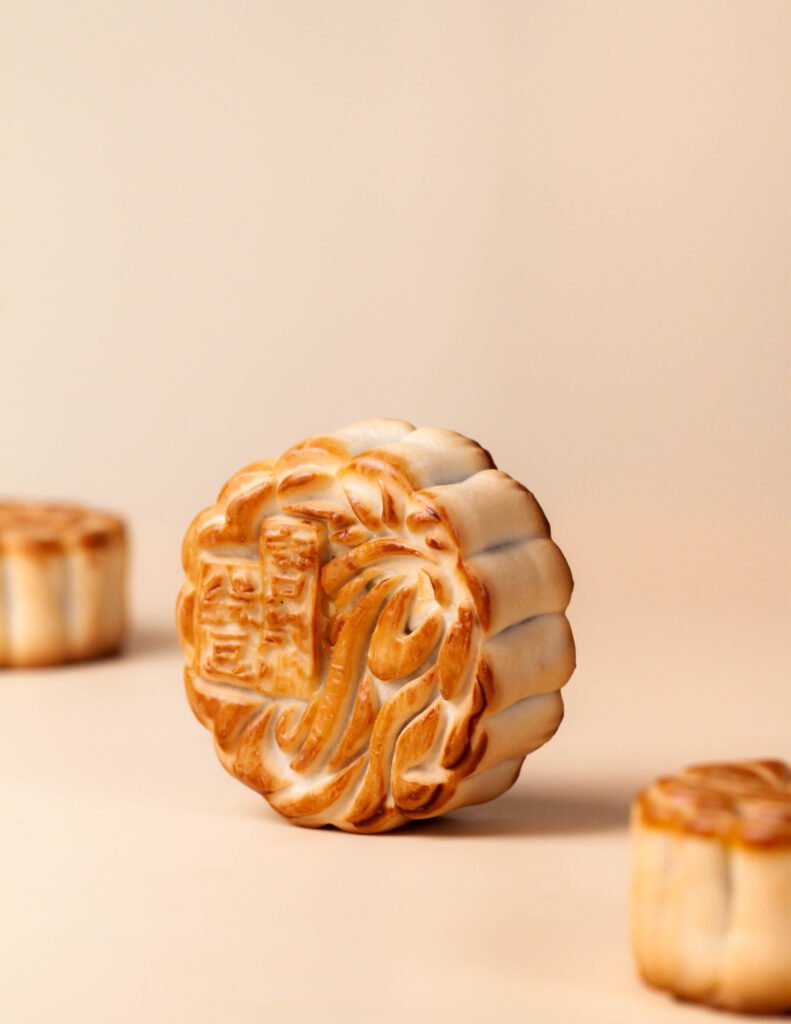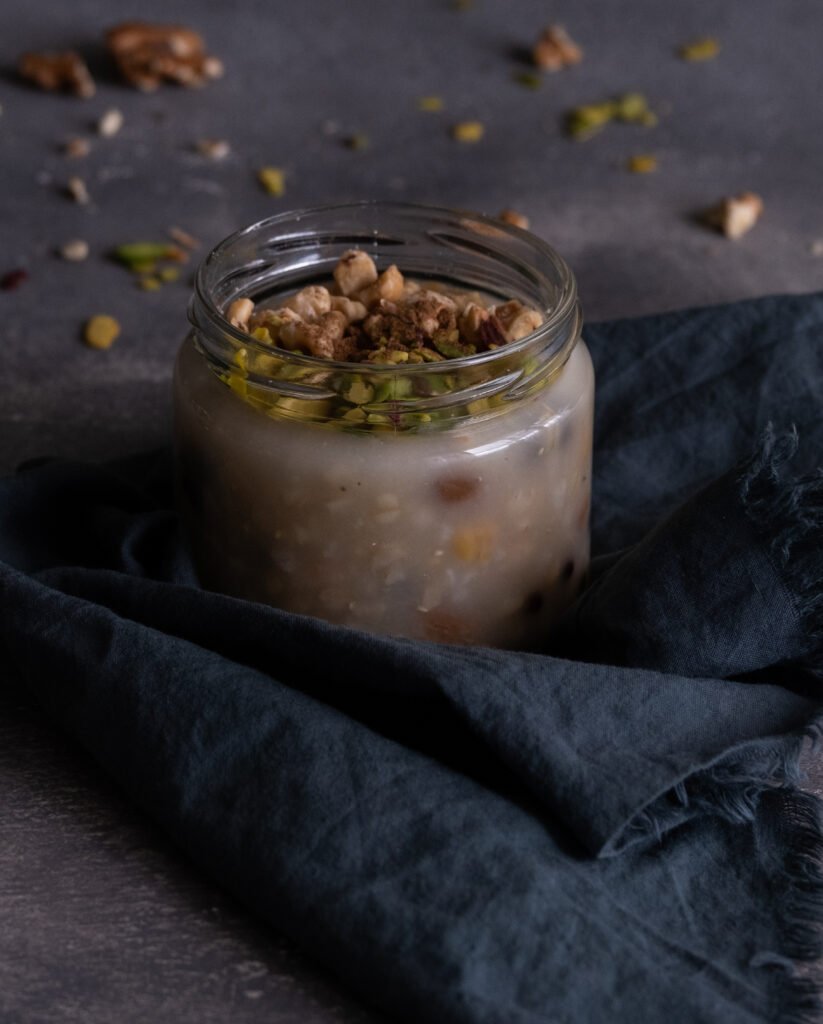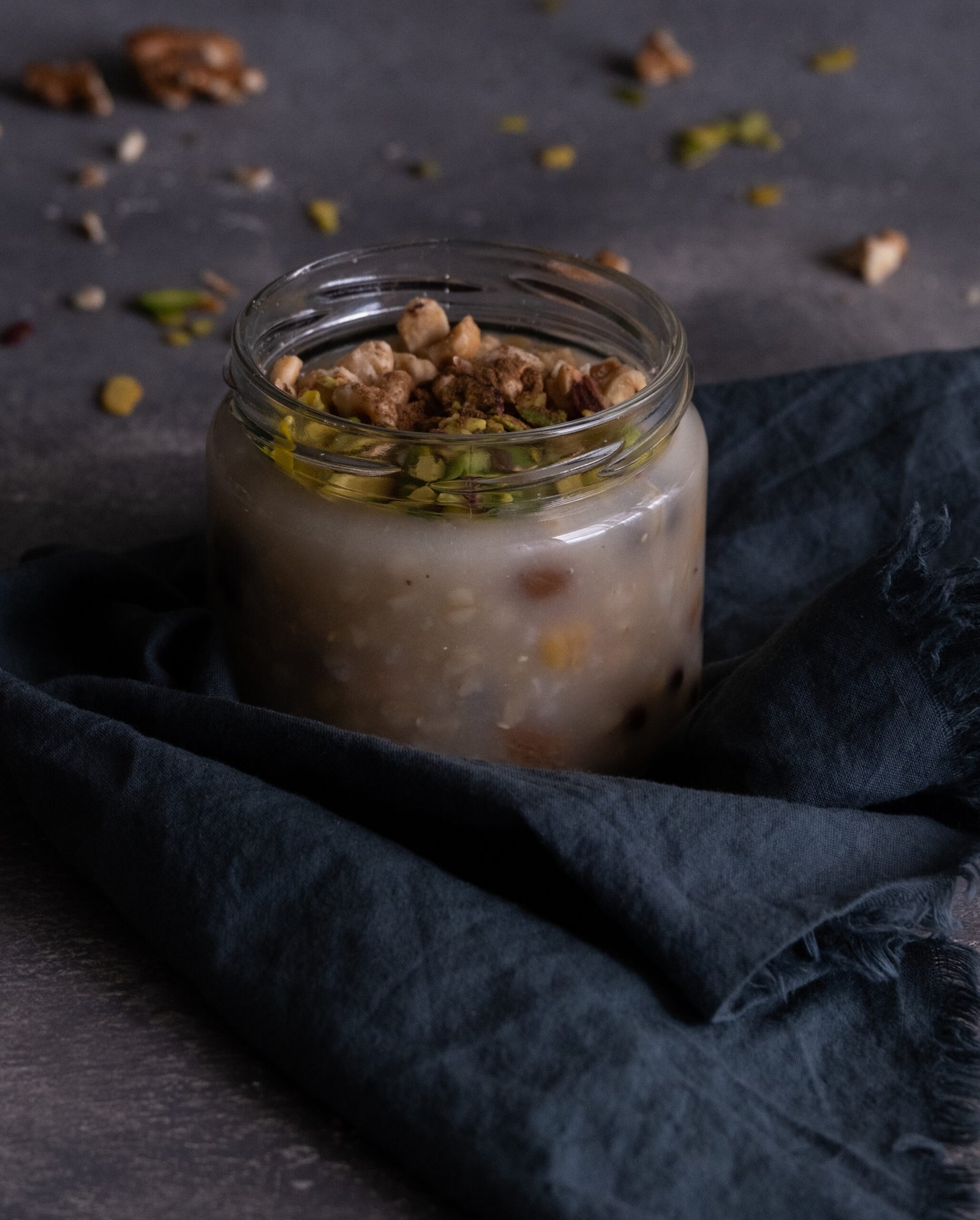Pasta, a culinary staple loved by many, holds the power to transform a simple meal into a sensational experience. But with countless types of pasta available, how do you navigate the aisles and choose the perfect one? Once you have chosen the pasta, the challenge lies in cooking it to perfection – al dente, to be precise. Fear not, for this article will guide you through the secrets of selecting and cooking the perfect pasta so that you can impress your guests or simply treat yourself to a delightful and satisfying dish.

Selecting the Perfect Pasta
Pasta, a staple in many households, comes in a variety of shapes and sizes. Choosing the right pasta shape can make a significant difference in the overall taste and texture of your dish. Whether you’re making a light and creamy sauce or a hearty tomato-based one, there is a pasta shape that will perfectly complement your recipe.
Choosing the Right Pasta Shape
The shape of pasta you choose can greatly affect how well it holds onto the sauce and other ingredients in your dish. For light and delicate sauces, such as a butter or olive oil-based sauce, long and thin pasta shapes like spaghetti or angel hair are ideal. Their slender shape allows the sauce to coat the noodles evenly, creating a harmonious blend of flavors.
On the other hand, if you’re preparing a robust and chunky sauce, a ridged pasta shape like penne or rotini works wonders. The ridges on these pasta shapes help to catch and hold onto the sauce, ensuring that every bite is packed with flavor. Additionally, larger pasta shapes like shells or elbow macaroni are perfect for baked dishes, as they can hold up well under heat and provide a satisfying bite.
Considering the Pasta Ingredients
When selecting pasta, it’s essential to pay attention to the ingredients listed on the package. Traditionally, pasta is made from only two ingredients: durum wheat semolina and water. However, there are now many variations available on the market. If you have specific dietary requirements or preferences, there are gluten-free pasta options made from alternative flours like rice or corn.
Additionally, some pasta varieties are infused with different flavors, such as spinach, tomato, or garlic. These flavored pastas can add an extra layer of taste to your dishes and are worth exploring if you’re looking to elevate your pasta experience. However, it’s important to note that the flavor of the pasta should complement, rather than overpower, the flavors of your sauce and other ingredients.
Reading the Pasta Labels
When shopping for pasta, reading the labels can provide valuable information about the quality and origin of the product. Look for words like “artisanal” or “bronze-cut” on the label, as these indicate that the pasta was made using traditional techniques, resulting in a better texture and ability to hold sauce.
Also, consider the country of origin. Italian pasta, for example, is known for its superior quality and taste. Opting for imported pasta from Italy can ensure an authentic and delicious culinary experience. Lastly, check for any cooking instructions or recommendations on the packaging to ensure that you cook the pasta properly for the best results.
Cooking Methods
Once you’ve selected the perfect pasta, it’s time to cook it to al dente perfection. Cooking pasta might seem straightforward, but there are a few essential considerations to keep in mind to achieve the best taste and texture.
Boiling Pasta
To cook pasta, start by bringing a pot of water to a rolling boil. As a general rule of thumb, you’ll need about 4-6 quarts of water per pound of pasta. This ensures that the pasta has enough room to cook evenly and prevents it from sticking together.
Once the water is boiling, add a generous amount of salt to the pot. The salt not only adds flavor to the pasta but also helps to season it from the inside out. It’s best to use about 1-2 tablespoons of salt per pound of pasta to adequately season the noodles.
Using Salt in Pasta Water
Adding salt to your pasta water is a crucial step that should not be overlooked. Without salt, the pasta may taste bland and lack depth of flavor. The salt gets absorbed into the pasta as it cooks, enhancing its taste and adding seasoning throughout.
Remember, though, that the salt is not meant to make the water taste salty. Rather, it should be seasoned to the point where it tastes like a well-seasoned soup. Stir the water after adding the salt to ensure it dissolves properly and evenly.
Al Dente Cooking
Cooking pasta to “al dente” is an important technique that separates good pasta from great pasta. Al dente, which means “to the tooth” in Italian, refers to pasta that is cooked until it is tender but still slightly firm when bitten into. This texture allows the pasta to hold its shape and absorb the sauce more effectively.
To achieve al dente pasta, follow the cooking time recommended on the package as a general guideline. However, it’s essential to taste the pasta a minute or two before the recommended cooking time to ensure it is cooked to your desired texture. Remember that pasta continues to cook briefly even after it is drained, so slightly undercooking it during boiling ensures it reaches the perfect al dente consistency.
Cooking Time Variations
While the recommended cooking times on the package are a good starting point, it’s important to note that individual preferences may vary. Some prefer their pasta slightly softer, while others enjoy a firmer bite. The best way to determine your preferred cooking time is through regular taste tests during the boiling process.
For example, if the package suggests cooking the pasta for 8 minutes, start tasting it from the 6-minute mark to see if it meets your desired texture. Keep in mind that the specific cooking time will also depend on the thickness and type of pasta you’re using, so adjust accordingly.
Preparing Pasta Sauce
Now that you have your perfectly cooked pasta, it’s time to pair it with a delicious sauce. Whether you choose to use a store-bought sauce or create your own from scratch, the sauce plays a significant role in elevating the flavors of the dish.
Choosing a Pasta Sauce
When it comes to selecting a pasta sauce, the possibilities are endless. The choice ultimately depends on your personal preferences and the overall flavor profile you want to achieve. Here are a few commonly used pasta sauces to consider:
-
Marinara: A classic tomato-based sauce that can be as simple as tomatoes, garlic, and olive oil, or enhanced with herbs and spices like basil, oregano, or red pepper flakes.
-
Alfredo: A creamy and indulgent sauce made from butter, cream, and Parmesan cheese. This sauce pairs beautifully with fettuccine or other wide and flat pasta shapes.
-
Pesto: A vibrant and flavorful sauce made from fresh basil leaves, pine nuts, garlic, Parmesan cheese, and olive oil. Pesto is perfect for tossing with spaghetti or penne.
Creating Homemade Sauce
Making your own pasta sauce from scratch allows you to control the ingredients and flavors to suit your taste. While it may seem intimidating, creating a homemade sauce can be simple and gratifying.
To make a basic marinara sauce, start by sautéing onions and garlic in olive oil until they become translucent. Then, add canned crushed tomatoes and seasonings such as salt, pepper, and herbs. Let the sauce simmer for at least 30 minutes to allow the flavors to meld together. For added depth, you can also include ingredients like red wine, fresh basil, or grated Parmesan cheese.
Enhancing Store-Bought Sauce
If you’re short on time or looking for a quick fix, store-bought pasta sauces can be a convenient option. However, you can still elevate their flavors by customizing them to your liking. Add sautéed vegetables like mushrooms, bell peppers, or onions for a boost of freshness and texture. You can also season the sauce with additional herbs, spices, or a touch of balsamic vinegar for added complexity.
Experimenting with Flavors
Pasta is versatile, which means that you can experiment with various flavors and ingredients to create unique and exciting dishes. Consider incorporating ingredients like sun-dried tomatoes, roasted garlic, capers, olives, or anchovies to enhance the taste of your pasta. Don’t be afraid to think outside the box and let your creativity run wild in the kitchen.
Pairing Pasta with Ingredients
While the sauce is undoubtedly an essential component of any pasta dish, the ingredients you choose to pair with the pasta can also make a significant impact on the overall flavor and texture. Whether you opt for complementary or contrasting ingredients, they should harmonize with the pasta and sauce for a balanced and delightful experience.
Complementary Ingredients
Complementary ingredients refer to those that enhance and bring out the flavors in your pasta dish. For light and delicate pasta sauces, ingredients like fresh herbs, lemon zest, grated Parmesan cheese, or toasted pine nuts can provide a burst of freshness and aroma. These ingredients help to highlight the flavors of the pasta and sauce, making each bite a delight for the taste buds.
For richer and heartier sauces, pairing ingredients that add contrasting textures can create balance. For example, if you’re serving a creamy fettuccine Alfredo, consider adding sautéed mushrooms or crispy pancetta to provide a satisfying crunch and a contrast in flavor.
Contrasting Ingredients
Contrasting ingredients, as the name suggests, are those that provide a distinct counterpoint to the flavors and textures already present in the dish. This contrast adds depth and complexity, leading to a more intriguing and memorable eating experience.
For example, if you’re preparing a spicy arrabbiata sauce with a kick of heat, adding chunks of creamy mozzarella or dollops of fresh ricotta cheese can provide a cooling and creamy contrast. Similarly, pairing a tangy tomato-based sauce with salty black olives or briny capers can create an exciting interplay of flavors on the palate.
Seasonal Ingredient Choices
One way to ensure that your pasta dishes are fresh and flavorful is to choose seasonal ingredients. Seasonal ingredients are not only more readily available but also tend to be at the peak of their flavor and nutritional value. By utilizing fresh produce from your local farmers’ market or grocery store, you can create pasta dishes that showcase the best flavors of each season.
In the summertime, take advantage of juicy tomatoes, sweet basil, vibrant zucchini, and tender asparagus. In the colder months, embrace hearty greens like kale or Swiss chard, roasted winter squash, and earthy mushrooms. Adapting your pasta dishes to the changing seasons allows you to celebrate the abundance of flavors Mother Nature has to offer.

Adding Flavors and Ingredients to Pasta
Beyond the pasta and sauce, there are various ways to elevate the flavors of your dish. By incorporating ingredients like infused oil or butter, fresh herbs and spices, vegetables, and protein options, you can create a truly customized pasta experience.
Infusing Oil or Butter
Infusing oil or butter with flavors can provide a subtle yet noticeable enhancement to your pasta dishes. Consider infusing olive oil with garlic, herbs like rosemary or thyme, or even chili flakes for a kick of heat. Drizzle this infused oil over your cooked pasta before adding sauce to impart a delicate and aromatic essence.
Alternatively, you can melt butter and infuse it with garlic, lemon zest, or spices like paprika or cumin. The resulting flavored butter can be used to sauté vegetables or coat the pasta for an added layer of richness.
Using Fresh Herbs and Spices
Fresh herbs and spices are an excellent way to add depth and complexity to your pasta dishes. Whether you opt for classic herbs like basil, oregano, or parsley or experiment with more exotic flavors like cilantro or tarragon, herbs can elevate the taste of your pasta in an instant.
Freshly grated spices like nutmeg, cinnamon, or black pepper can also provide a burst of flavor. Be sure to grate the spices using a microplane or a fine grater to ensure optimal distribution throughout the dish.
Incorporating Vegetables
Adding vegetables to your pasta not only boosts the nutritional value of the dish but also adds vibrant colors and fresh flavors. Vegetables can be sautéed, roasted, or blanched and then tossed with the pasta and sauce for a complete and satisfying meal.
Consider incorporating vegetables like cherry tomatoes, bell peppers, eggplant, zucchini, or spinach for a burst of freshness. For added richness and depth, caramelized onions or roasted garlic can provide a sweet and savory note to your pasta dishes.
Adding Protein Options
To make your pasta dishes more hearty and substantial, adding protein options is a great idea. Protein sources like grilled chicken, shrimp, tender meatballs, or flaked salmon not only add a satisfying texture but also provide additional flavors that complement the pasta and sauce.
If you’re following a vegetarian or plant-based diet, consider incorporating protein-rich ingredients like tofu, tempeh, or legumes. These alternatives can still add the desired texture and depth to your pasta dishes while adhering to your dietary preferences.
Serving Pasta
Serving pasta might seem simple, but there are a few techniques and considerations that can make a difference in the presentation and overall enjoyment of the dish.
Draining Pasta Properly
Once your pasta is cooked to perfection, it’s important to drain it properly before adding the sauce. Place a colander or strainer in the sink and carefully pour the cooked pasta into it. Shake the colander gently to remove any excess water, but avoid aggressively shaking or rinsing the pasta, as this can remove the natural starches that help the sauce adhere to the noodles.
Tossing Pasta with Sauce
To ensure that each strand or shape of pasta is evenly coated with sauce, it’s crucial to toss them together properly. Instead of simply pouring the sauce over the pasta, use a pair of tongs or a pasta fork to gently toss the noodles and sauce together. This technique allows the sauce to cling to each piece of pasta, ensuring a harmonious distribution of flavors.
Plating and Garnishing
When it comes to plating your pasta dish, simplicity is key. Choose a wide and shallow bowl or plate to highlight the pasta and its accompanying sauce. Twirl the pasta using a serving fork or tongs, creating a nest-like shape and place it in the center of the plate.
Garnish the pasta with freshly chopped herbs like parsley or basil to add a pop of color and freshness. Grated Parmesan or Pecorino cheese can also be sprinkled on top to complement the flavors of the dish. For an added touch, consider drizzling a small amount of extra virgin olive oil over the pasta to enhance the aroma and appearance.

Pasta Preparation Tips
While cooking pasta is relatively straightforward, there are a few tips and tricks that can ensure your pasta turns out perfectly every time.
Pasta to Water Ratio
To prevent your pasta from sticking together while cooking, ensure that you have enough water in the pot. As a general rule of thumb, aim for 4-6 quarts of water per pound of pasta. This ensures that the pasta has enough space to move around and cook evenly.
Stirring Pasta While Cooking
Once you’ve added the pasta to the boiling water, give it a gentle stir with a pasta fork or tongs. This prevents the pasta from clumping together and ensures that it cooks evenly. Stir the pasta occasionally throughout the cooking process to further prevent sticking.
Avoiding Sticky Pasta
Sticky pasta is often the result of not using enough water or not stirring it regularly while cooking. The starch released from the pasta during cooking can cause it to stick together if not properly managed. By using an adequate amount of water and occasionally stirring the pasta, you can prevent it from becoming sticky and clumpy.
Pasta Varieties and Their Uses
With countless pasta varieties available, it can be overwhelming to choose the right type for your dish. Here are a few commonly used pasta shapes and their typical uses:
Spaghetti
Spaghetti is a long, thin noodle that works well with a variety of sauces, both delicate and robust. Whether you’re serving it with a classic marinara sauce or a meaty Bolognese, spaghetti is a versatile and beloved choice.
Penne
Penne is a tube-shaped pasta with angled ends, making it perfect for holding onto chunky and hearty sauces. Its ridged surface allows it to trap and hold the sauce, creating a satisfying bite in every mouthful.
Fettuccine
Fettuccine is a wide and flat pasta shape, perfect for cream-based sauces like Alfredo or carbonara. The broad surface area of fettuccine allows the sauce to cling to the noodles, ensuring a rich and indulgent pasta experience.
Ravioli
Ravioli is a filled pasta shape that comes in various flavors and fillings. It can be served with a simple butter and sage sauce or a bold tomato-based sauce. Ravioli adds a touch of elegance and sophistication to any pasta dish.
Lasagna
Lasagna is a flat pasta shape often used to create layered baked dishes. Whether you’re making a classic meat lasagna or a vegetarian version with roasted vegetables, lasagna sheets provide a sturdy base to hold all the delicious ingredients.
Macaroni
Macaroni, a short and curved pasta shape, is most commonly associated with macaroni and cheese. However, it can also be used in soups or baked dishes. Its curved shape helps to catch and hold onto sauces and flavors.
Common Mistakes to Avoid
To ensure that your pasta dishes turn out perfectly each time, it’s essential to avoid common mistakes that can negatively impact the taste and texture.
Overcooking Pasta
One of the most common mistakes when cooking pasta is overcooking it. Overcooked pasta becomes mushy and loses its desired al dente texture. Be vigilant when tasting the pasta during the cooking process to ensure it is cooked to your desired level of tenderness.
Using Insufficient Water
Insufficient water in the pot can cause the pasta to stick together and become clumpy. It’s important to use around 4-6 quarts of water per pound of pasta to ensure there is enough space for the noodles to cook evenly.
Adding Oil to Pasta Water
Contrary to popular belief, adding oil to pasta water does not prevent the pasta from sticking together. Instead, it creates a film on the pasta’s surface, making it difficult for the sauce to adhere to the noodles. Focus on using enough water and stirring the pasta regularly to prevent it from sticking, rather than relying on oil.
Storing and Reheating Pasta
If you find yourself with leftover pasta, it’s important to know how to store and reheat it properly to maintain its flavor and texture.
Proper Pasta Storage
To store cooked pasta, allow it to cool completely and transfer it to an airtight container or resealable bag. Store it in the refrigerator for up to three to five days. Keep in mind that refrigeration may cause the pasta to dry out slightly, so consider reserving some of the sauce separately to rehydrate the pasta when reheating.
Reheating Pasta in the Microwave
To reheat individual servings of pasta, place the desired amount in a microwave-safe dish and cover it with a damp paper towel. This helps to provide some moisture and prevent the pasta from drying out. Heat the pasta in short intervals, stirring in between, until it is heated through.
Reheating Pasta on the Stove
For larger portions or to reheat pasta with sauce, it’s best to use the stovetop. Add a small amount of water or sauce to a pan and heat it over medium-low heat. Once the liquid starts to simmer, add the pasta and toss it gently until it is heated through.
Now armed with the knowledge of selecting the perfect pasta, cooking it to al dente perfection, preparing delicious sauces, and pairing it with complementary ingredients, you can confidently create satisfying and flavorsome pasta dishes. Remember to choose the right pasta shape, cook it to perfection, and experiment with different flavors to create your own culinary masterpieces. Enjoy your pasta-making journey and savor every delicious bite!

